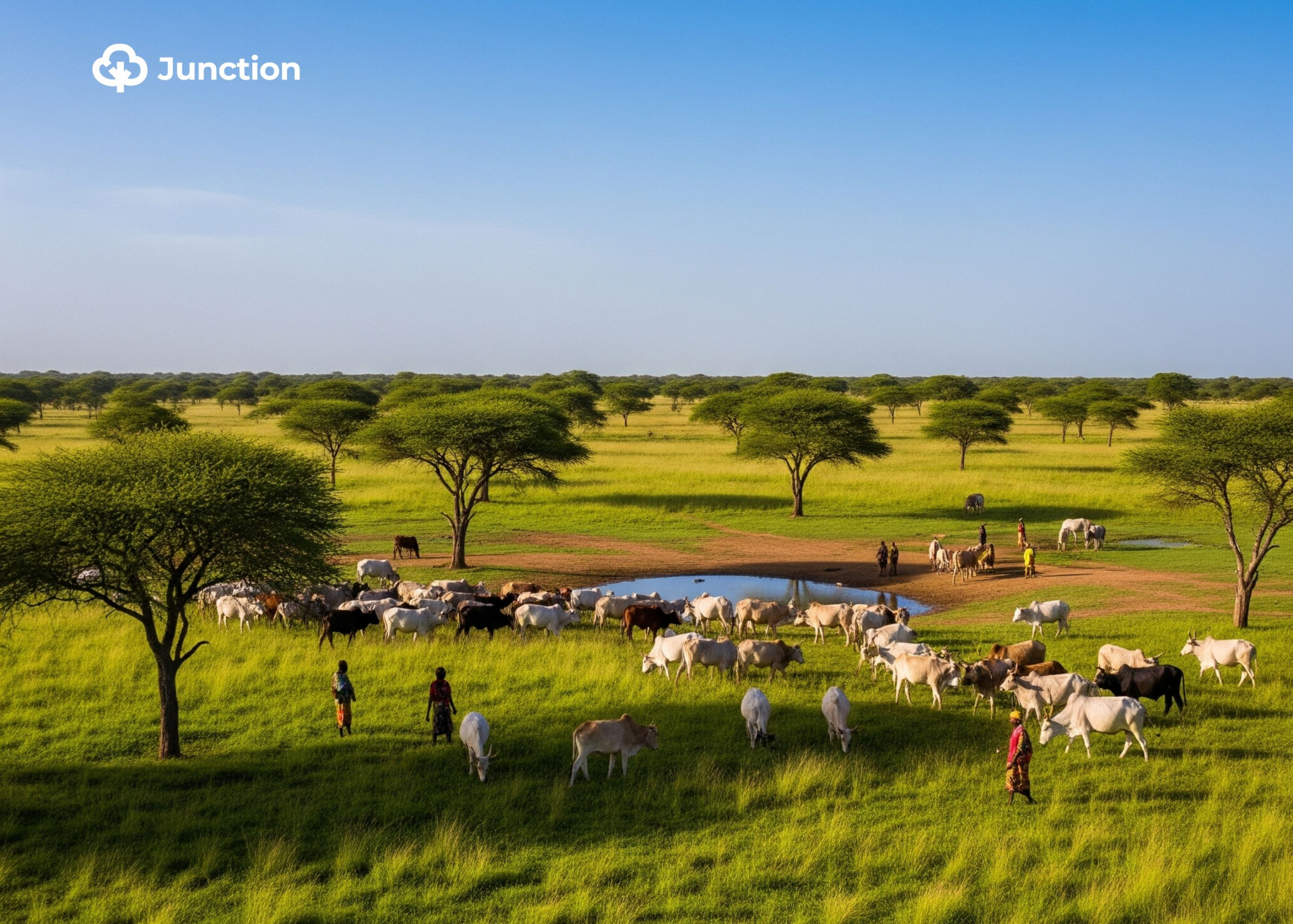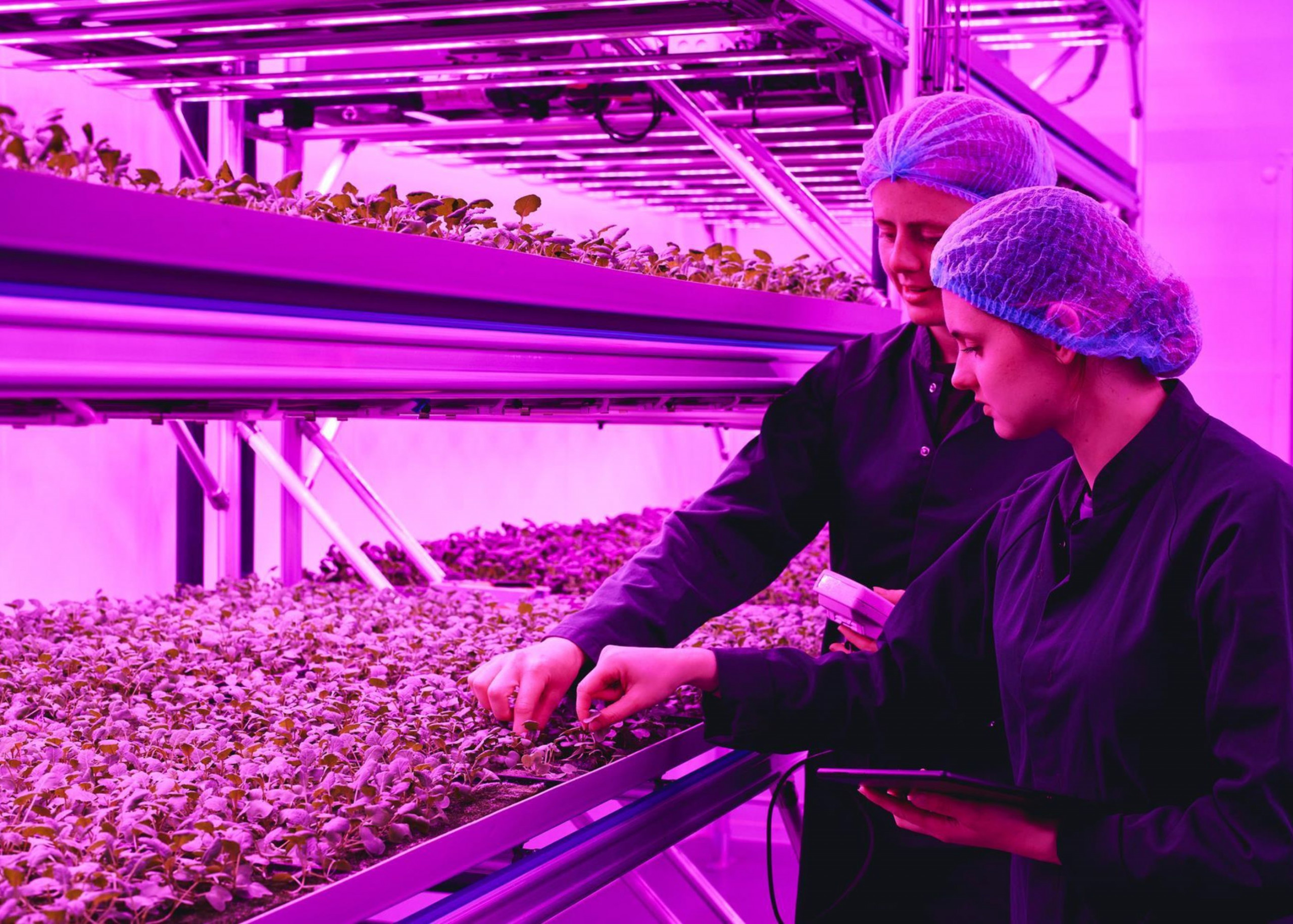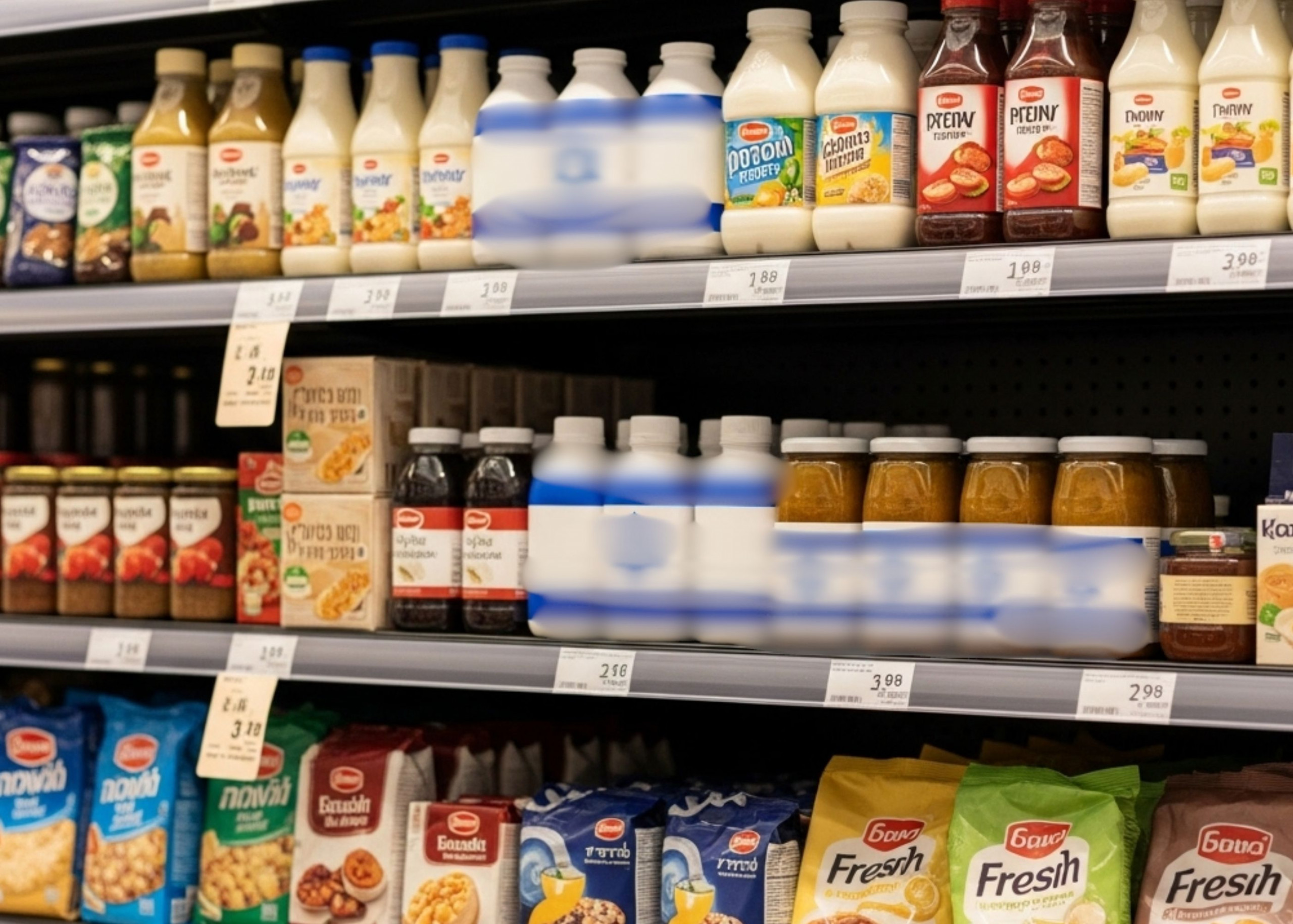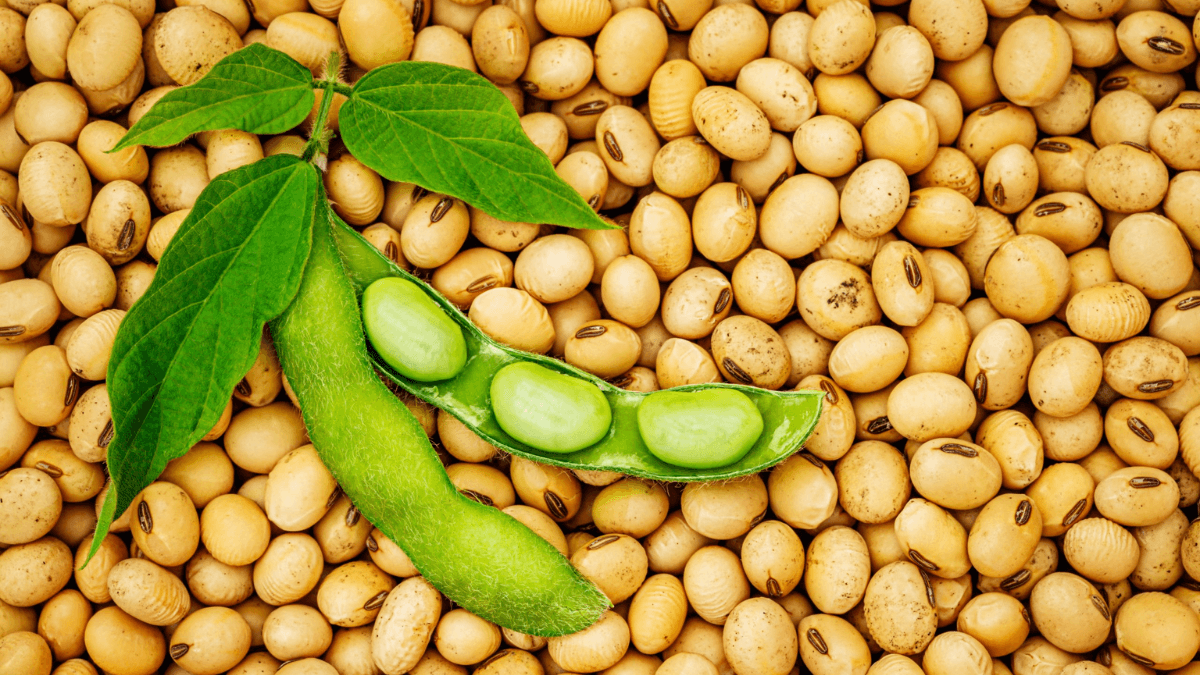News in brief:
– The Federal Government is rehabilitating the Wawa-Zange Grazing Reserve in Gombe to promote sustainable livestock farming.
– The project aims to improve infrastructure, reduce herder migration, and foster peaceful coexistence with farmers.
The Federal Government has announced the rehabilitation of the Wawa-Zange Grazing Reserve in Gombe State as part of its strategic plan to transform Nigeria’s livestock sector.
The Minister of Livestock Development, Idi Maiha, disclosed during an inspection visit to the Wawa-Zange reserve, which spans 144,000 hectares and is home to over 5,000 herders engaged in livestock rearing and crop farming.
The rehabilitation comes under the National Livestock Growth Acceleration Strategy (NL-GAS) initiative, which aims to restore grazing reserves across the country, reduce conflicts, and strengthen food security.
Focus on infrastructure and livelihood support
Wawa-Zange Grazing Reserve is a key livestock development area in Gombe State. Covering approximately 144,000 hectares and housing over 5,000 herders, it is regarded as a strategic national asset for livestock rearing and even crop farming.
However, despite continuous government interventions, this national asset is challenged by inadequate forage and water, serious infrastructure deficits and encroachment.
According to Maiha, the rehabilitation project will prioritise key infrastructure, including road networks, a veterinary clinic, classrooms, primary healthcare centres, and solar-powered energy systems. Critical attention will also be given to providing clean water for both human and livestock use.
“By every standard, these residents deserve the full amenities of a modern grazing reserve,” the minister said.
He added that the renewed reserve will support breed improvement centres, pasture cultivation, and other livestock services aimed at reducing seasonal herder migration and encouraging permanent settlement.
Encouraging peaceful coexistence
In a bid to reduce long-standing farmer-herder clashes, the Minister stated that the government would pursue a collaborative approach rather than confrontation.
“Instead of displacing farmers who have encroached on the reserve, we will encourage land-sharing arrangements. Farmers can provide crop residue as livestock feed, while herders will supply manure to enhance soil fertility,” he explained.
“This mutually beneficial model aligns with our goal of promoting peaceful coexistence, reducing conflicts, and increasing productivity along both livestock and crop value chains,” he added.
State collaboration and national strategy
During the visit, Maiha also met with Gombe State Governor Muhammadu Inuwa Yahaya to explore collaborative opportunities.
Gombe State Commissioner for Agriculture and Animal Husbandry, Dr. Barnabas Malle, acknowledged the pressing needs of herders, especially the lack of shelter and access to water. He expressed optimism that the improvements would encourage many herders to settle permanently.
The Wawa-Zange project is part of the broader National Livestock Growth Acceleration Strategy (NL-GAS), under which the Federal Government plans to rehabilitate 417 grazing reserves nationwide.
Boosting the economy, reducing emissions
The rehabilitation of Wawa-Zange is expected to boost food production, create jobs across the livestock value chain, and reduce greenhouse gas emissions associated with migratory herding. It also aligns with the Federal Government’s commitment to economic diversification.
Earlier in May, the Minister inaugurated the Wase Livestock Village in Plateau State, a model livestock settlement, marking the beginning of the national rollout under NL-GAS.
“This reserve should come back to life,” Maiha declared. “We want Wawa-Zange to become a model of sustainability.”



